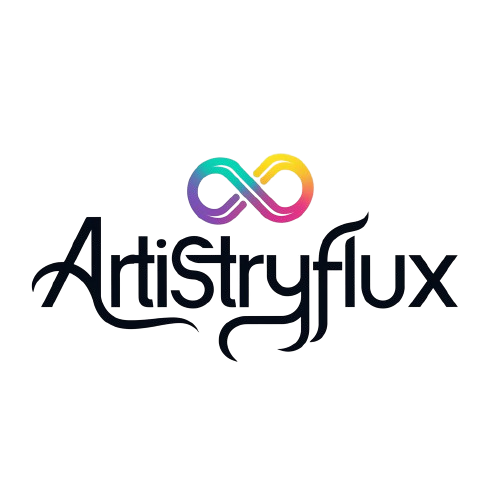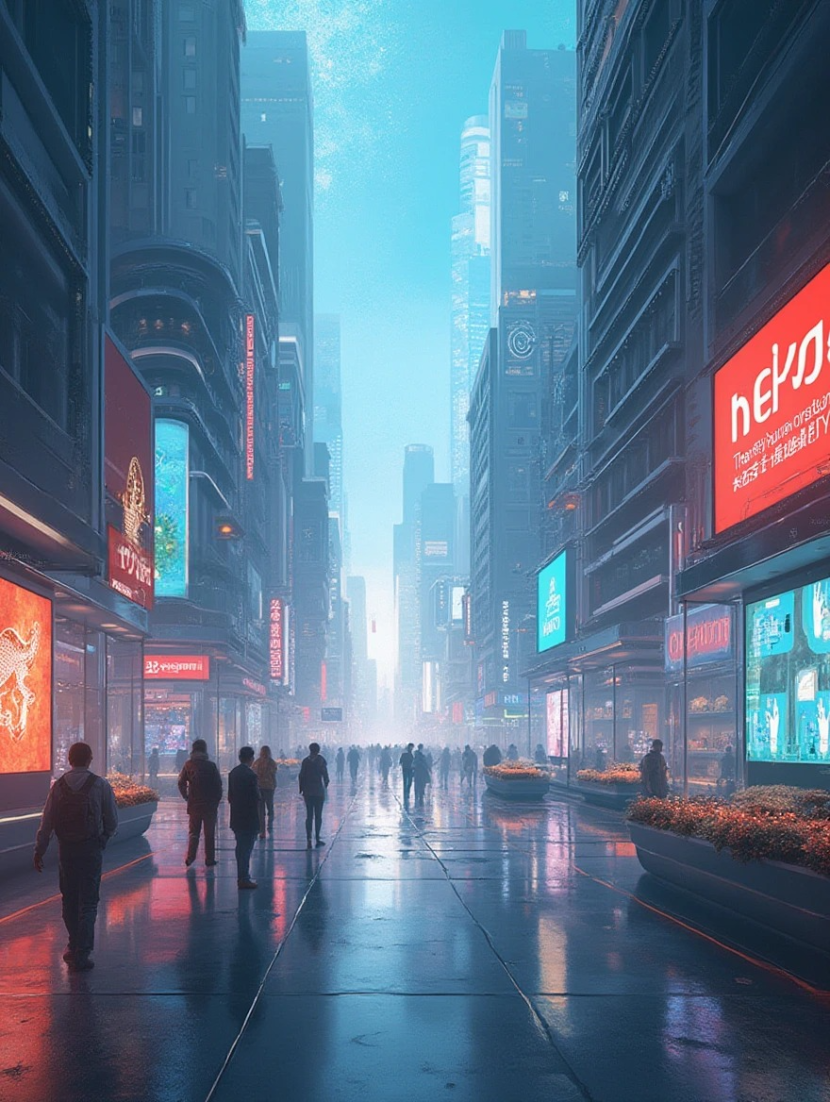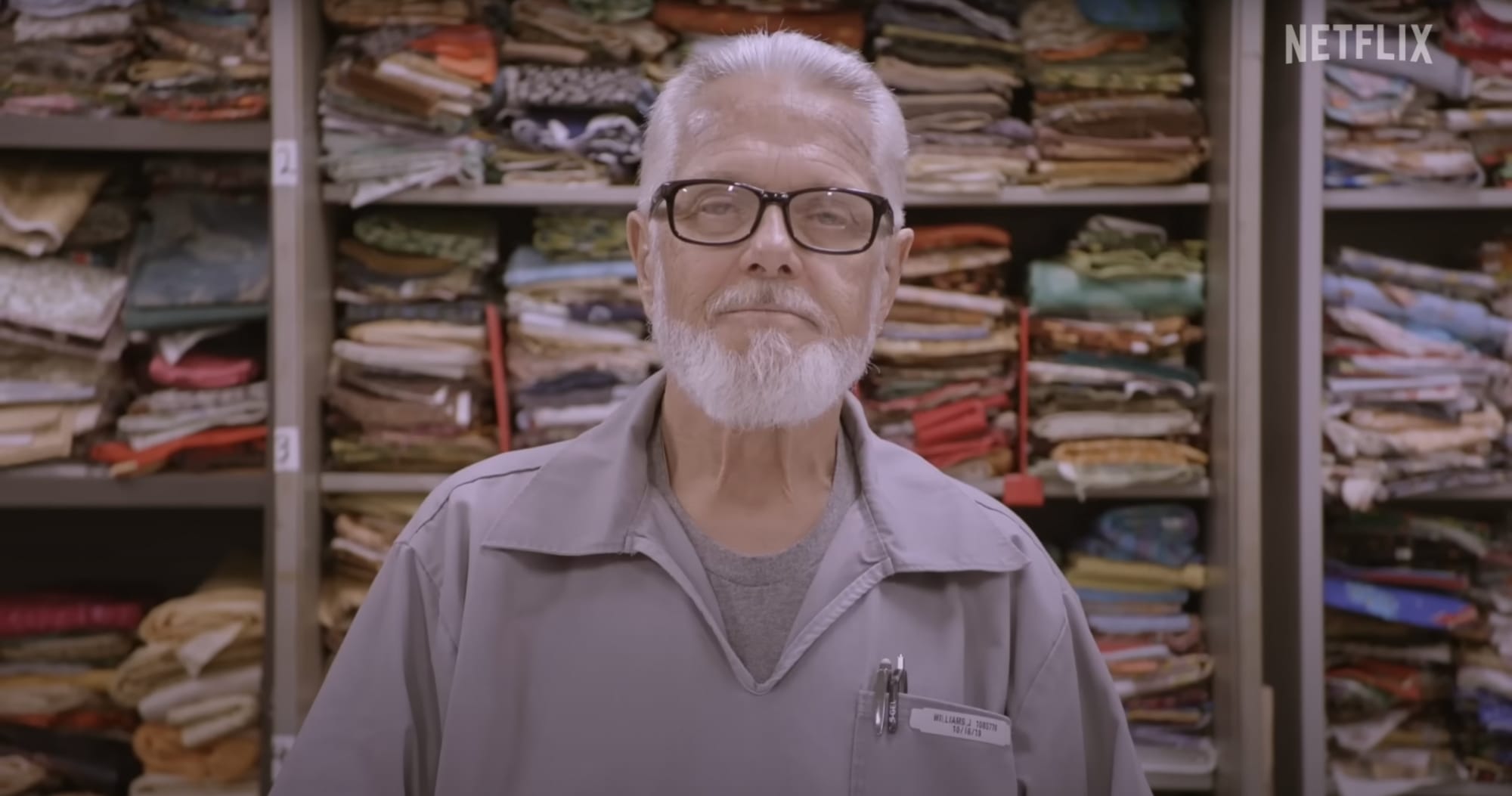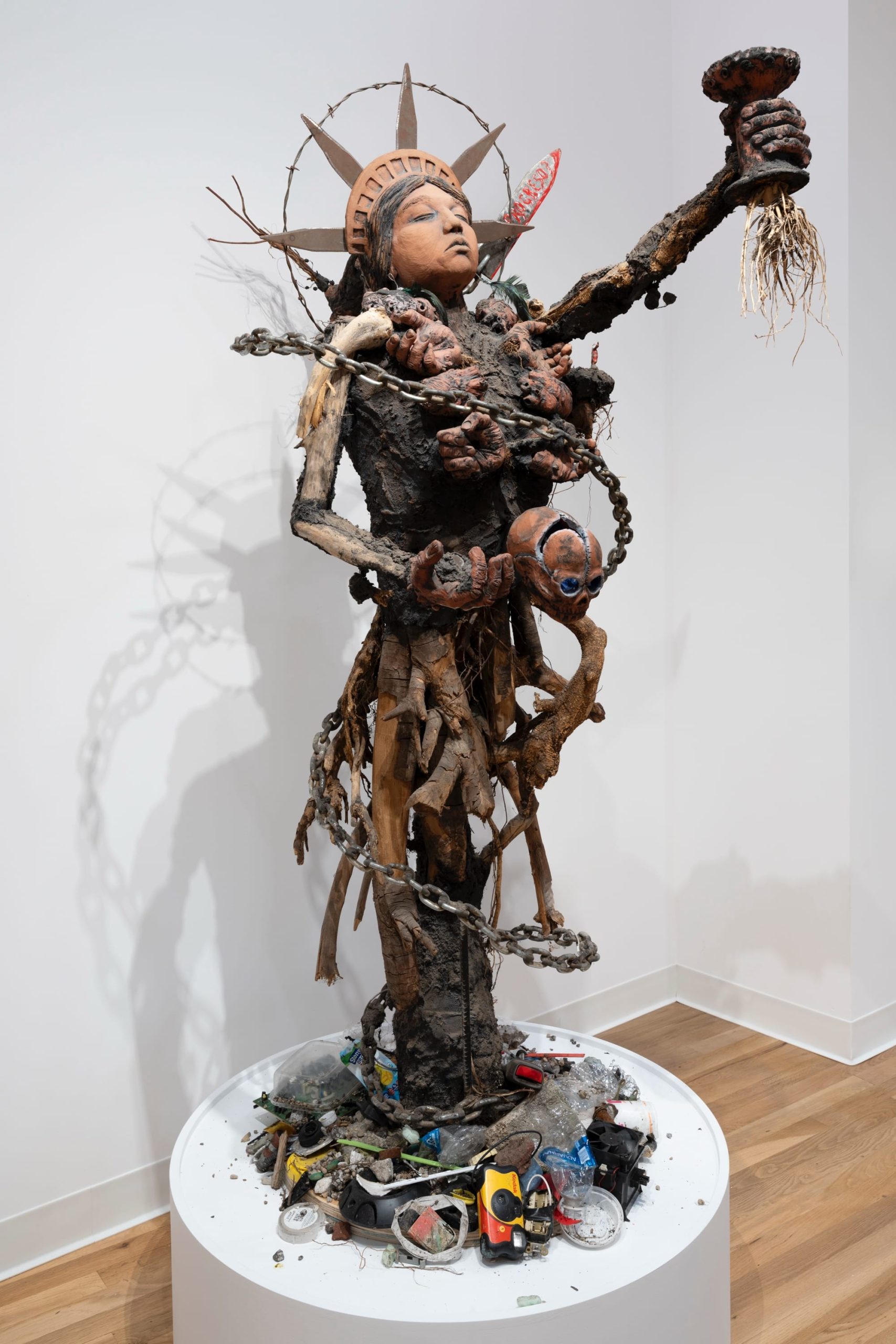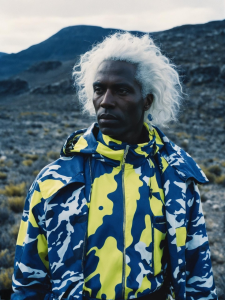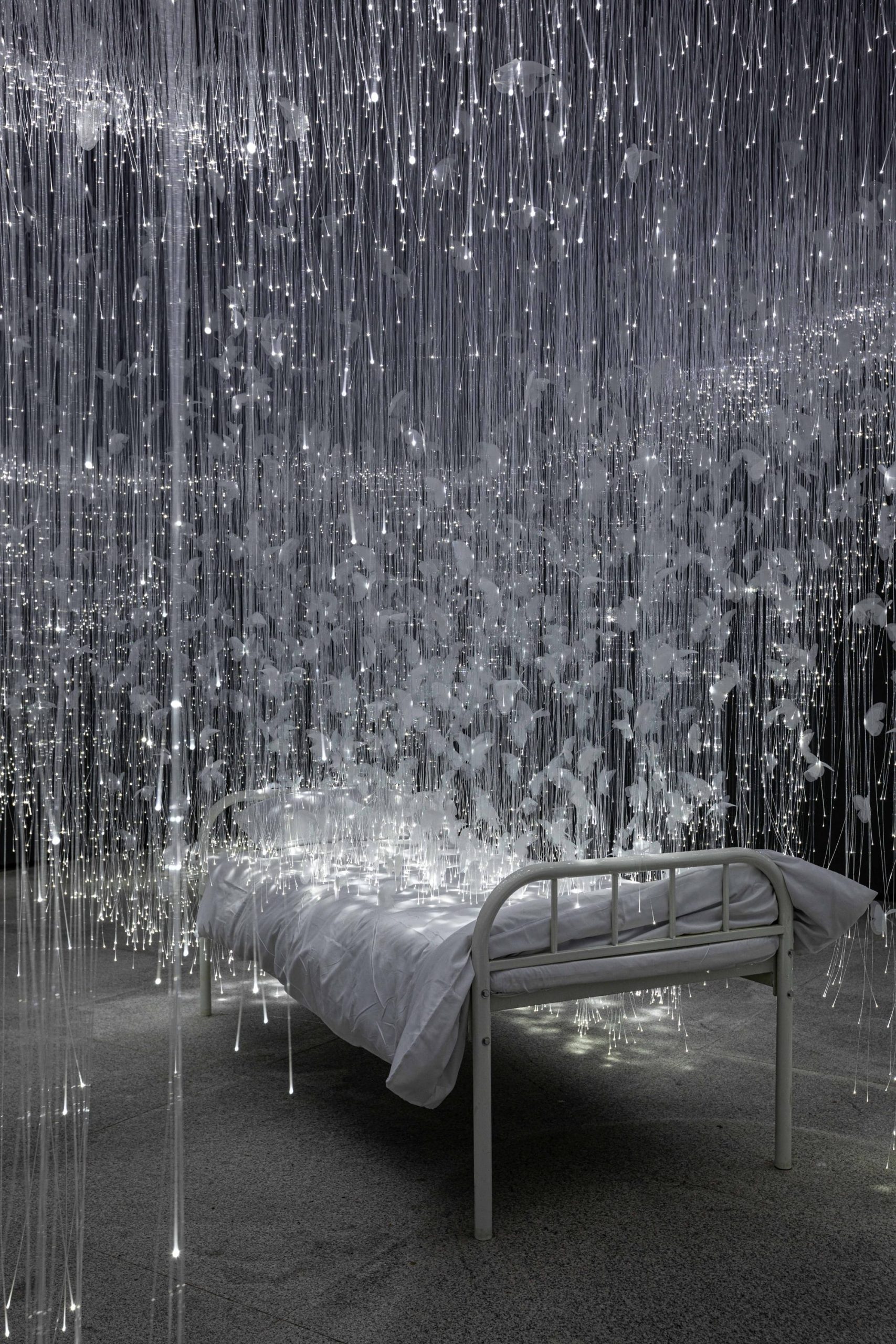Art and design are evolving rapidly, sparking curiosity about what the future holds. This article explores five key trends that are shaping tomorrow’s creative landscape. These trends highlight the intersection of technology and creativity, offering a glimpse into how artists and designers are redefining their fields. As we delve into these developments, we uncover the potential for innovation and transformation in art and design.
The Rise of Digital Art
The world of art is undergoing a transformation, and at the heart of this change is the rise of digital art. As technology advances, artists are finding new ways to express their creativity, leading to a vibrant and dynamic art scene. This section delves into how digital art is shaping the Future of Art and Design, offering fresh perspectives and opportunities.
The Evolution of Digital Art
Digital art has come a long way since its inception. Initially, it was seen as a niche interest, but today, it stands as a formidable force in the art world. Artists use digital tools to create stunning visuals that were once unimaginable. For instance, consider the way digital artists can manipulate light and shadow with precision, much like a painter with a brush. This evolution has not only expanded the boundaries of creativity but also democratized art, making it accessible to a broader audience.
Impact on the Art Community
The impact of digital art on the art community is profound. It has opened doors for artists who might not have had the means to showcase their work in traditional galleries. Online platforms allow artists to reach global audiences, breaking geographical barriers. As an art and design expert, I find it fascinating how digital art fosters collaboration. Artists from different parts of the world can work together on projects, sharing ideas and techniques in real-time.
- Accessibility: Digital art tools are often more affordable than traditional art supplies.
- Innovation: New technologies like virtual reality are pushing the boundaries of what art can be.
- Community: Online forums and social media connect artists, creating a supportive network.
In my experience, digital art has also sparked debates about authenticity and value. Some purists argue that digital art lacks the ‘soul’ of traditional art forms. However, I believe that art is about expression, regardless of the medium. The Future of Art and Design will likely see a blend of traditional and digital techniques, creating a rich tapestry of artistic expression. As we move forward, it’s exciting to imagine the possibilities that digital art will bring to the table, challenging our perceptions and inspiring new generations of artists.
Sustainable Design Practices
In the ever-evolving landscape of art and design, the concept of sustainability has emerged as a pivotal theme. As we look towards the Future of Art and Design, sustainable design practices are not just a trend but a necessity. This section delves into how these practices are shaping the industry and why they matter.
Embracing Sustainable Design
Sustainable design is about creating with a conscience. It involves using resources efficiently and minimizing environmental impact. Imagine a world where every piece of art or design tells a story of responsibility. This is the essence of sustainable design. Designers are increasingly turning to eco-friendly materials, such as recycled metals and organic fabrics, to craft their creations. This shift not only reduces waste but also inspires innovation.
From my experience, working with sustainable materials often leads to unexpected creativity. I once collaborated on a project where we used discarded wood to create stunning furniture pieces. The imperfections in the wood added character, making each piece unique. This is the beauty of sustainable design—it challenges us to see potential where others see waste.
Practical Steps for Designers
For those looking to incorporate sustainable practices, here are some practical steps:
- Research materials: Understand the environmental impact of the materials you use.
- Think long-term: Design with durability in mind, ensuring your creations stand the test of time.
- Collaborate: Work with suppliers who share your commitment to sustainability.
As an art and design expert, I believe that the Future of Art and Design lies in our ability to adapt and innovate. Sustainable design is not just about preserving the planet; it’s about creating a legacy of thoughtful, impactful work. By embracing these practices, we not only contribute to a healthier environment but also enrich the narrative of our creations. Let’s design a future that we can be proud of.
The Influence of Artificial Intelligence
Artificial intelligence is reshaping the world as we know it, and its influence is particularly profound in the realms of art and design. As an art and design expert, I find it fascinating how AI is not just a tool but a collaborator in the creative process. This section delves into the transformative impact of AI on these fields, exploring both the challenges and opportunities it presents.
Artificial Intelligence in Art
AI has become a powerful ally for artists, offering new ways to create and express. Imagine a painter who uses AI to generate unique color palettes or a musician who composes melodies with the help of algorithms. These are not just hypothetical scenarios; they are happening now. AI can analyze vast amounts of data to inspire new artistic directions, making it an invaluable resource for artists seeking innovation.
However, the integration of artificial intelligence in art also raises questions about authenticity and originality. Can a piece created with AI be considered truly original? As someone deeply involved in the art world, I believe that the essence of art lies in the intention and emotion behind it. AI can enhance creativity, but the human touch remains irreplaceable.
AI Design Tools: A New Era
In the design industry, AI design tools are revolutionizing how we approach projects. These tools can automate repetitive tasks, allowing designers to focus on the more creative aspects of their work. For instance, AI can quickly generate multiple design iterations, providing a plethora of options to choose from. This not only speeds up the design process but also opens up new possibilities for experimentation.
- Efficiency: AI tools streamline workflows, saving time and resources.
- Innovation: Designers can explore unconventional ideas with AI-generated suggestions.
- Accessibility: AI makes design more accessible to those without formal training.
Yet, as we embrace these advancements, we must also consider the ethical implications. The future of art and design will undoubtedly be shaped by AI, but it is crucial to ensure that technology serves to enhance human creativity rather than replace it. In my experience, the most successful projects are those where AI and human creativity work hand in hand, each complementing the other.
In conclusion, the influence of artificial intelligence in art and design is undeniable. It offers exciting opportunities for innovation and efficiency, but it also challenges us to rethink the boundaries of creativity. As we navigate this evolving landscape, we must remember that while AI can be a powerful tool, the heart of art and design will always be human.
Virtual and Augmented Reality Experiences
Virtual and augmented reality experiences are transforming the way we perceive art and design. These technologies offer immersive environments that allow us to interact with digital creations in ways previously unimaginable. As an art and design expert, I find this evolution both thrilling and challenging. Let’s delve into how these experiences are shaping the future of art and design.
Virtual Reality Art: A New Canvas
Virtual reality art provides artists with a limitless canvas. Imagine stepping into a painting and exploring its depths. This is the reality VR art offers. Artists can create entire worlds, inviting viewers to walk through their imagination. I once experienced a VR art installation where I could “paint” in the air, and it felt like dancing with colors. This technology not only expands creative possibilities but also democratizes art, making it accessible to anyone with a headset.
Augmented Reality Design: Blending Realities
Augmented reality design is another exciting frontier. It overlays digital elements onto the real world, enhancing our perception of reality. Picture walking down a street and seeing historical information pop up about the buildings around you. This is AR design in action. I believe this technology will revolutionize fields like architecture and interior design. Designers can now visualize and modify spaces in real-time, offering clients a more interactive experience.
- Interactive Learning: AR can transform educational experiences, making learning more engaging.
- Enhanced Shopping: Virtual try-ons and AR fitting rooms are changing the retail landscape.
- Improved Navigation: AR can provide real-time directions and information, enhancing travel experiences.
In my opinion, the future of art and design lies in the seamless integration of these technologies into our daily lives. While some may argue that these experiences lack the tactile nature of traditional art, I see them as complementary. They offer new dimensions to explore and express creativity. As we continue to innovate, I am excited to see how artists and designers will push the boundaries of what’s possible.
The Role of Social Media in Art and Design
In today’s digital age, social media has become a powerful tool in shaping the Future of Art and Design. Artists and designers worldwide are leveraging these platforms to showcase their work, connect with audiences, and collaborate with peers. This section delves into how social media is influencing the art and design landscape, offering both opportunities and challenges.
Social Media Influence on Art and Design
Social media platforms like Instagram and Pinterest have revolutionized the way art is consumed and appreciated. They provide a virtual gallery where artists can display their creations to a global audience. This exposure is invaluable, especially for emerging artists who might not have access to traditional galleries. I remember when a friend of mine, a talented illustrator, gained international recognition after her work went viral on Instagram. It was a game-changer for her career.
Moreover, social media influence extends beyond mere exposure. It allows for real-time feedback and interaction with audiences. Artists can gauge public reaction, refine their techniques, and even draw inspiration from comments and suggestions. This dynamic interaction fosters a sense of community and belonging, which is essential in the creative process.
Artistic Collaboration Online
The digital realm has also opened doors for artistic collaboration online. Artists from different corners of the world can now collaborate on projects without ever meeting in person. This has led to a fusion of styles and ideas, enriching the art and design world. I once participated in an online collaboration where artists from five different countries contributed to a single mural project. The result was a stunning blend of cultural influences and artistic techniques.
- Increased accessibility to diverse art forms
- Opportunities for cross-cultural collaborations
- Real-time audience engagement and feedback
- Challenges in maintaining originality amidst vast content
While the Future of Art and Design looks promising with the integration of social media, it also presents challenges. The sheer volume of content can sometimes make it difficult for individual voices to stand out. However, I believe that with creativity and persistence, artists can navigate these challenges and continue to thrive in this ever-evolving landscape.
